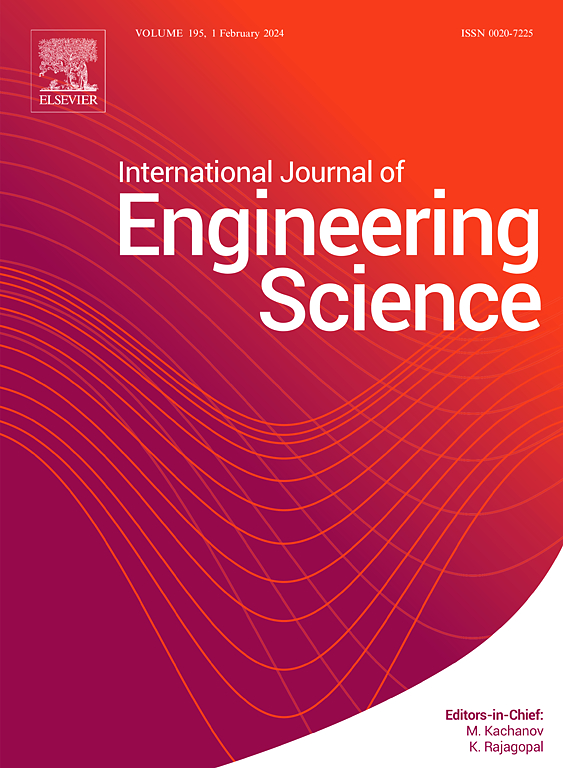The goal of the current investigation is to determine the dynamic behaviour of double-arch systems: the system is made of two arches reinforced by three different functionally graded patterns of carbon nanotubes and connected with an elastic layer of spring bed. The carbon-nanotube functionally graded patterns considered are uniformly distributed, FG-X and FG-O. Two different boundary conditions of movable and immovable simply supported (named SS1 and SS2) are studied for the reinforced double-arches, where the displacements along the curve-line are constrained for the ends of SS2 arches. Both the Hamilton principle and force-moment technique are utilised to formulate the coupled equations of motion. A series expansion technique is then used to solve the equations. A validation is performed and consistent agreement between the proposed methodology and simplified version of the double-arch system is achieved. One prominent observation arising from this study is that an increase in the opening angle of the double-arch system results in a decline in both the series for the transverse natural frequencies for SS1. Conversely, the systems with SS2 boundary conditions exhibit an initial rise in both the series of natural frequencies as the opening angle increases, followed by a gradual decrease. A thicker carbon-nanotube reinforced functionally graded double-arch system demonstrates an increased natural-frequency sensitivity to variation in opening angles. Lastly, increasing the elastic layer coefficient of stiffness causes an increment in the second series natural frequency of the system.


